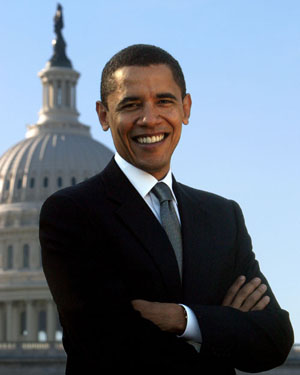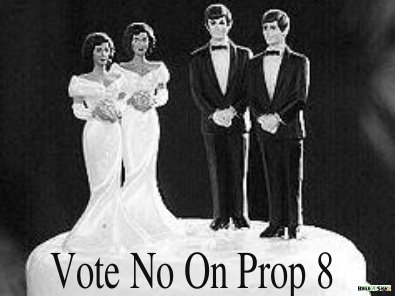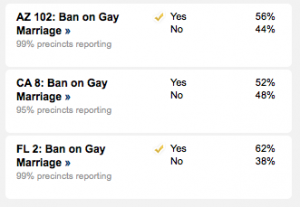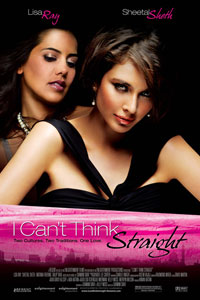
Sayoni proudly presents Sayoni Queer Women Survey 2008 Report (Singapore) – administered on lesbian, queer, bisexual and transgendered women living in Singapore.
Abstract
Objectives:
1.To gain some perspective on the actual needs of queer women, and what we can do about them
2.To provide free and accessible information to researchers, and act as a starting point for further research into the field
3.To ameliorate the dire lack of information on queer women in Singapore. Currently, there is no proper understanding of how the women�s queer community functions, other than biased and disjointed personal views.
The survey is broken down into five main aspects. Questions in each category are stream-lined and standardised for easy answering, by presenting most of the questions as rating questions where possible.
1. Introduction
General background.
2. Family, Friends and Work
Questions on how out the respondent is in their various social circles, how this group has reacted to the information, and the respondent�s intention to come out to that particular group.
3. Personal
Questions on a personal level relating to sexual orientation. Probes how the respondents come to realise their sexuality, different aspects of personal identity, and how their sexuality has affected them. Also includes information on relationships of respondents.
4. Financial
Questions to ascertain the financial status of queer women as a community – on income, occupation and industry, housing and car ownership.
5. Feedback on Sayoni and the community
Take note that the answers to these questions with the exception of two, are not presented in this report as they are meant for internal feedback.
This survey was not carried out with a null hypothesis in mind, and much of the information contained in this report is� processed descriptive statistics. Where possible, averages and trends have been pre-computed, and presented along with a broad analysis of the data. This� year, the data is presented in a much more visual format, as opposed to raw numbers in the
pilot run of 2006.
In the report of 2006, the data was broken down across Age, Ethnicity and Religion, as it is believed that these three different aspects affect the average queer woman in her views and social situation with respect to her sexuality. This year, due to the significant changes in methodology and presentation, we have decided to omit the comparison by Ethnicity and� Religion, as the representation for minority ethnic groups is not high enough to allow accurate comparisons.






